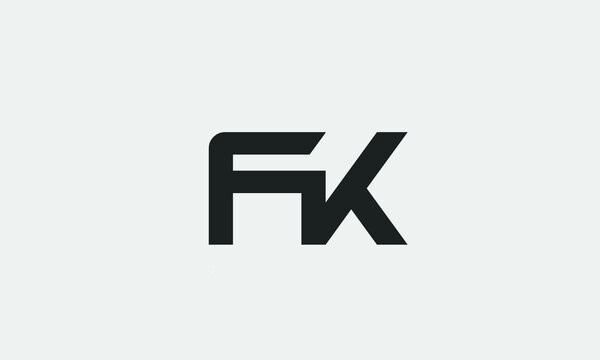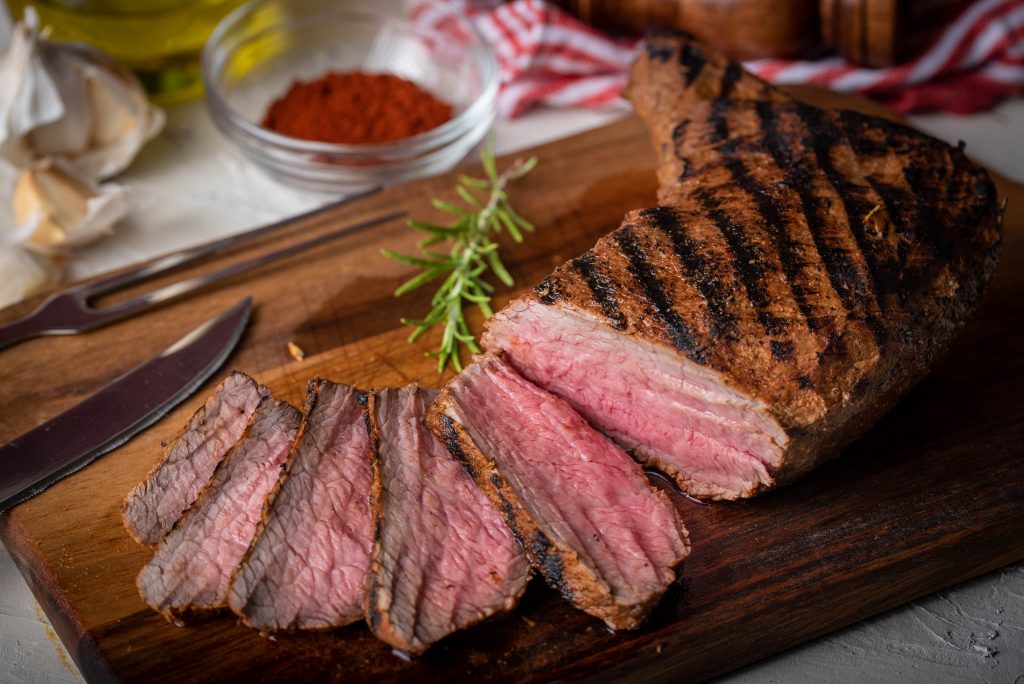Characters have always been a reflection of our creativity, taking alive characters that captivate people with their elegance and quirks. While many animated figures are known for their sleek beauty, a particular position is reserved for individuals who defy traditional standards – the unpleasant cartoon characters. These unique designs have a unique appeal that moves beyond the original norms of attractiveness, and their enduring popularity speaks volumes in regards to the variety of our preferences and the approval of abnormal beauty.
1. The Appeal of Unconventional Beauty
In some sort of wherever beauty usually requires center period, unpleasant cartoon characters stick out by demanding the status quo. These characters separate clear of the stereotypical rendering of attractiveness, giving a refreshing and usually funny undertake appearances. The elegance is based on their abnormal aesthetics, demonstrating that beauty truly is subjective.
Contemplate characters like Shrek, whose green complexion and ogre-like features produce him an impossible hero. Despite his untraditional look, Shrek’s identity is favorite for his wit, kindness, and the capacity to challenge preconceived notions of beauty. This shows readers, small and old alike, to appreciate individuals because of their identity as opposed to their outward appearance.
2. Breaking the Shape: Unpleasant as a Type of Empowerment
Unpleasant cartoon characters not just separate the shape but also encourage readers by ugly cartoons societal norms. These characters become symbols of self-acceptance and individuality, encouraging audiences to accept their own unique qualities. Through the lens of animation, readers understand that problems can be a supply of strength as opposed to weakness.
One standout example is the character of Quasimodo from Disney’s “The Hunchback of Notre Dame.” Quasimodo’s physical deformities are marked, yet his kind center and courage produce him a hero. The story unfolds to highlight that true beauty lies within, fostering a note of approval and empowerment. Unpleasant becomes a banner of recognition, representing resilience and the capacity to rise above societal judgments.
3. The Laughter in Ugliness: Animation People that Excited Our Funny Bones
Unpleasant cartoon characters usually provide a comedic element to the front, demonstrating that laughter transcends appearances. People like Squidward Tentacles from “SpongeBob SquarePants” or Edna Setting from “The Incredibles” are celebrated because of their eccentric and creatively special patterns, adding levels of laughter with their particular narratives.
Squidward, along with his long nose and perpetually grumpy temperament, becomes a way to obtain fun through his interactions with SpongeBob and Patrick. Edna Setting, with her diminutive stature and large cups, provides a touch of hilarity to the superhero universe. The juxtaposition of these hearings with their functions in the history shows the ability of laughter in subverting expectations.
4. Remarkable Oddities: Making Sustained Thoughts
Unpleasant cartoon characters usually keep a lasting impression on readers precisely for their special appearances. These characters become well-known, etching themselves in to the collective memory of viewers. Whether it’s the three-eyed, four-fingered mutants from “Futurama” or the bizarrely formed people of “Experience Time,” these oddities become associated with the shows they inhabit.
The individuality of these patterns not just units them aside but also enhances the over all appeal of the animated worlds they inhabit. Viewers end up attracted to these characters, interested in their eccentricities and the innovative liberties taken by artists to separate from the ordinary.
5. Unpleasant but Loving: Yanking at Our Heartstrings
Beyond the laughter and empowerment, unpleasant cartoon characters usually get a lovable quality that tugs at our heartstrings. These characters generate consideration and understanding, fostering a heavy experience of audiences. Despite their abnormal hearings, their charming celebrities cause them to become relatable and, in many cases, even more beloved.
Take the character of Dobby from “Harry Potter: The Lively Series” being an example. His large, expressive eyes and lanky figure produce him an impossible hero, but it’s his loyalty, bravery, and the want for flexibility that endear him to audiences. Unpleasant becomes a testament to the character’s internal beauty, producing an emotional connect that transcends aesthetics.
Conclusion: Celebrating Selection in Movement
In the sphere of animation, the party of unpleasant cartoon characters moves beyond the surface level. It’s a party of variety, individuality, and the approval of the unconventional. These characters train people important lessons about beauty, strength, and the importance of seeking beyond appearances.
Once we carry on to enjoy the substantial and ever-expanding earth of animated storytelling, let’s accept the unpleasant cartoon characters who defy norms, challenge stereotypes, and, in their own unique way, contribute to the wealthy tapestry of animation. After all, in the vibrant and inventive earth of characters, beauty truly is in a person’s eye of the beholder.



